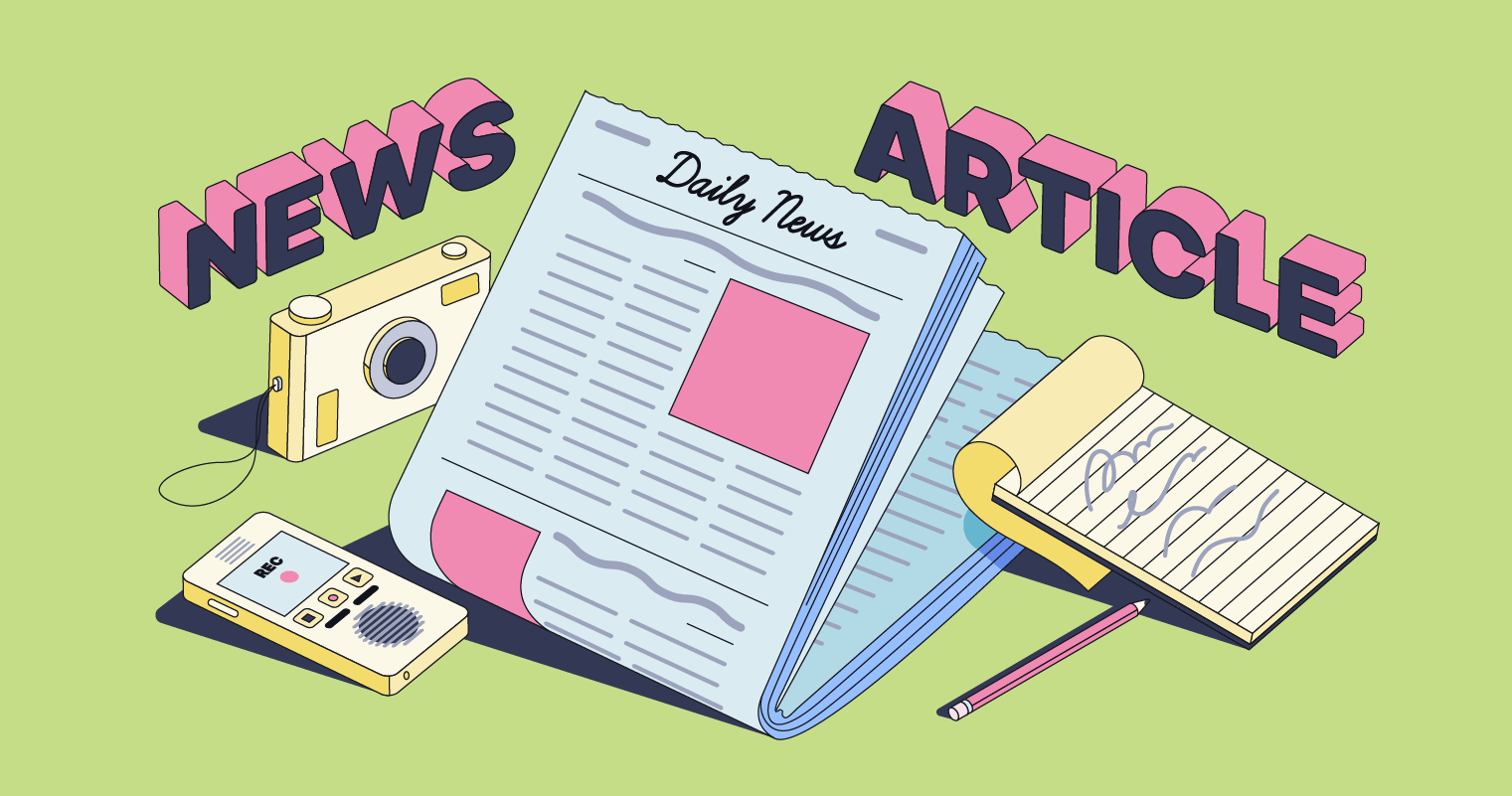Some Ideas on News Articles You Need To Know
Some Ideas on News Articles You Need To Know
Blog Article
3 Easy Facts About News Articles Described
Table of ContentsNot known Details About News Articles 9 Easy Facts About News Articles ShownNot known Details About News Articles The Best Guide To News ArticlesHow News Articles can Save You Time, Stress, and Money.
Excellent knowledge of different subjects offers pupils an one-upmanship over their peers. Despite the fact that electronic and social networks are conveniently obtainable, we need to not forget how essential it is to read the newspapers. Moms and dads need to attempt and instill the habit of reading a paper as a daily routine to proceed the tradition of the revered print medium.News tales also contain at least one of the adhering to important qualities family member to the intended target market: closeness, prominence, timeliness, human passion, quirk, or consequence.
Within these limits, newspaper article also aim to be thorough. Various other factors are involved, some stylistic and some derived from the media type. Among the bigger and much more respected newspapers, fairness and balance is a major consider offering info. Discourse is usually restricted to a different area, though each paper may have a different total angle.
Papers with a global target market, for instance, tend to use a more official style of creating. The specific options made by an information outlet's editor or content board are commonly accumulated in a style overview; usual design guides consist of the and the US News Style Book. The primary goals of news writing can be summed up by the ABCs of journalism: precision, brevity, and clarity.
A Biased View of News Articles
As a regulation, reporters will not use a lengthy word when a brief one will certainly do. Information writers try to stay clear of making use of the exact same word more than as soon as in a paragraph (often called an "echo" or "word mirror").
Headlines sometimes leave out the topic (e.g., "Jumps From Watercraft, Catches in Wheel") or verb (e.g., "Pet cat lady lucky"). A subhead (also subhed, sub-headline, subheading, caption, deck or dek) can be either a subordinate title under the major heading, or the heading of a subsection of the post. It is a heading that precedes the main message, or a group of paragraphs of the main message.

Additional signboards of any of these kinds might show up later on in the post (specifically on subsequent pages) to lure additional analysis. Such billboards are also used as tips to the post in various other areas of the publication or site, or as ads for the item in various other magazine or sites. Common framework with title, lead paragraph (summary in vibrant), other paragraphs (details) and contact info.

Example of a hard-lead paragraph NASA is suggesting another area project. The budget plan demands around $10 billion for the task.
The view website NASA statement came as the firm requested $10 billion of appropriations for the job. An "off-lead" is the second essential front web page information of the day. The off-lead appears either in the leading left corner, or directly below the lead on the right. To "hide the lead" is to start the short article with history details or details of additional importance to the readers, requiring them to learn more deeply right into an article than they ought to need to in order to uncover the crucial points.
How News Articles can Save You Time, Stress, and Money.
Common use is that or 2 sentences each create their very own paragraph. Reporters normally define the company or structure of a newspaper article as an inverted pyramid. The vital and most fascinating components of a story are put at the start, with sustaining information following in order next page of decreasing value.
It enables individuals to explore a topic to just the deepness that their curiosity takes them, and without the charge of information or nuances that they could consider unnecessary, yet still making that info available to more interested readers. The upside down pyramid structure also enables short articles to be cut to any arbitrary length during design, to fit in the space offered.
Some writers start their tales with the "1-2-3 lead", yet there are numerous kinds of lead readily available. A kicker can refer to several points: The last tale in the information broadcast; a "happy" tale to end the program.
Longer articles, such as magazine cover write-ups and the items that lead the within sections of a newspaper, are called. Attribute stories differ from straight news in a number of ways. Foremost is the absence of a straight-news lead, the majority of the time. Rather than providing the essence of a story up front, attribute authors might go right here try to entice readers in.
Everything about News Articles
The reporter frequently information interactions with interview topics, making the item a lot more individual. A function's very first paragraphs often relate an appealing minute or occasion, as in an "unscientific lead". From the details of an individual or episode, its view rapidly widens to abstract principles regarding the story's topic. The section that signals what an attribute is about is called the or signboard.

The Editor's Tool kit: A Referral Guide for Beginners and Professionals (2001) Allan M. Siegal and William G. Connolly. The New York City Times Manual of Design and Usage: The Official Style Overview Made Use Of by the Writers and Editors of the Globe's Most Authoritative Newspaper (2002) M. L. Stein, Susan Paterno, and R.
Report this page